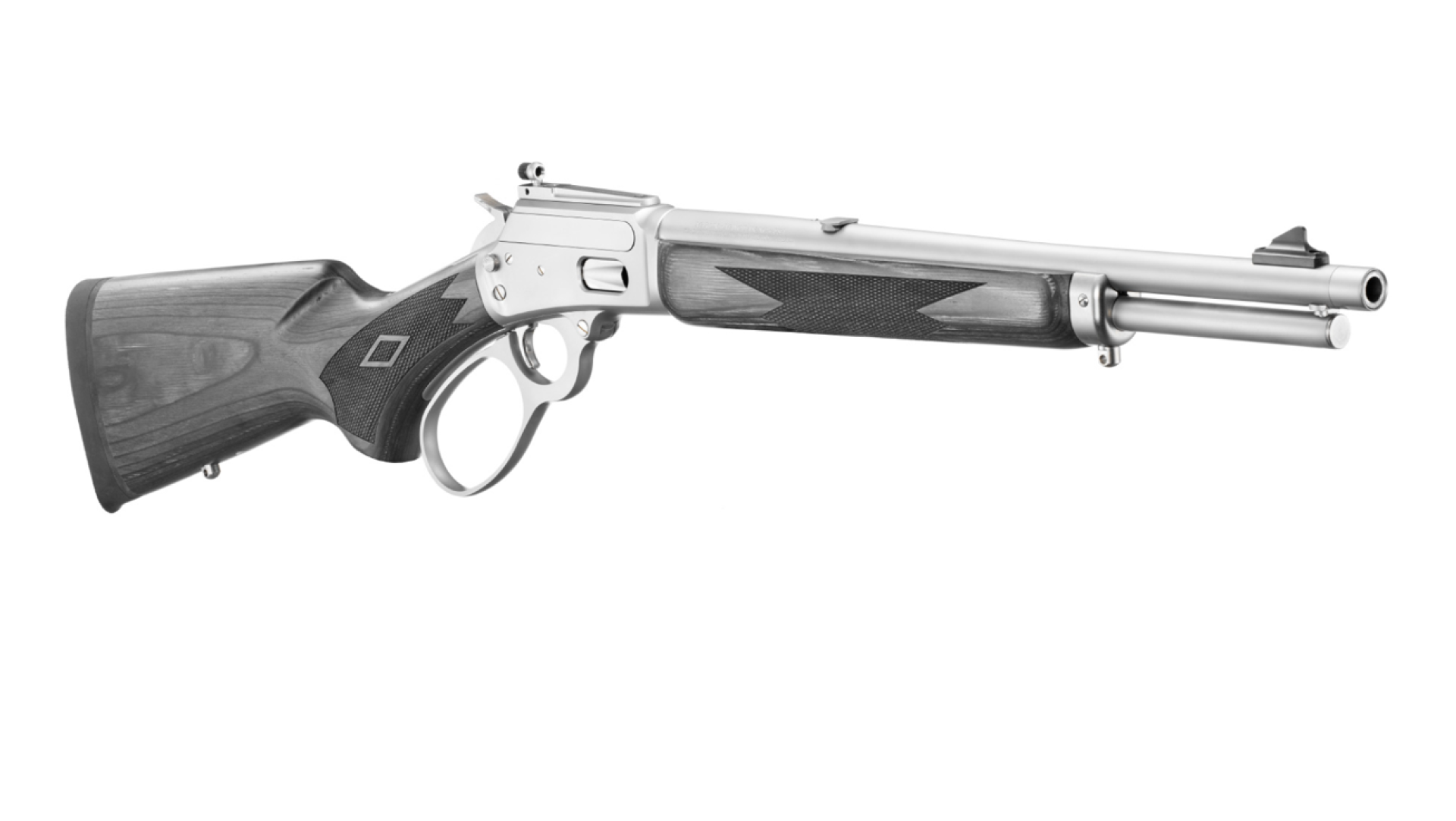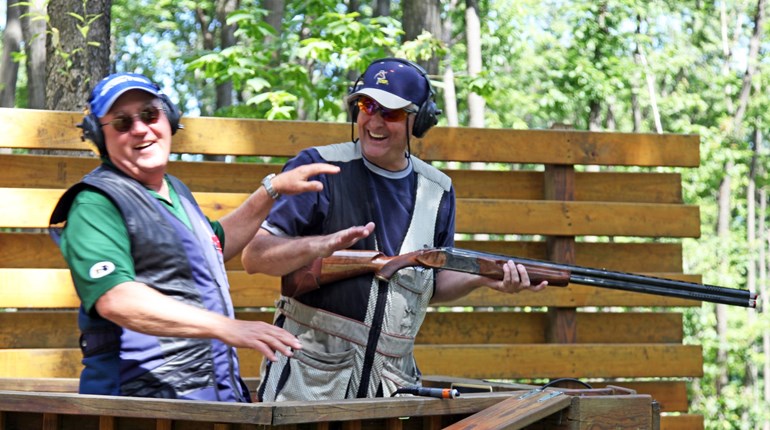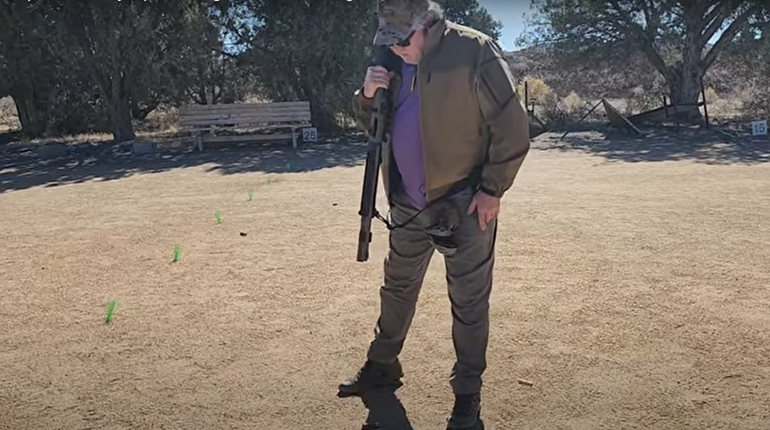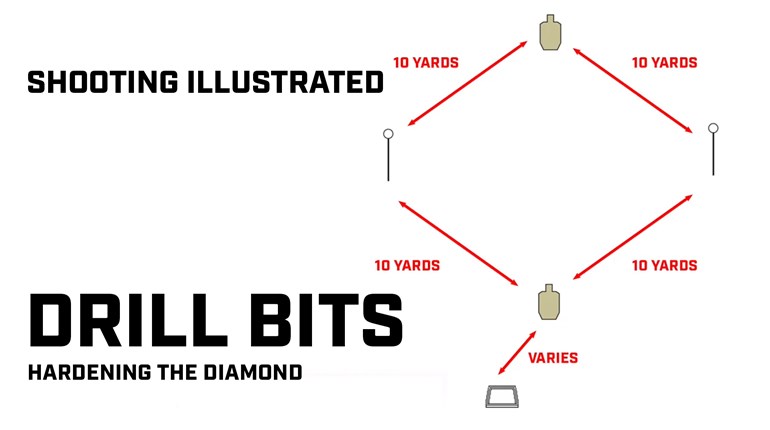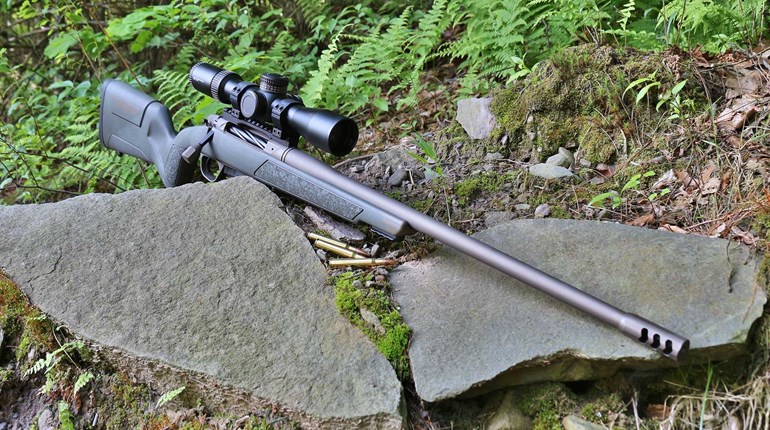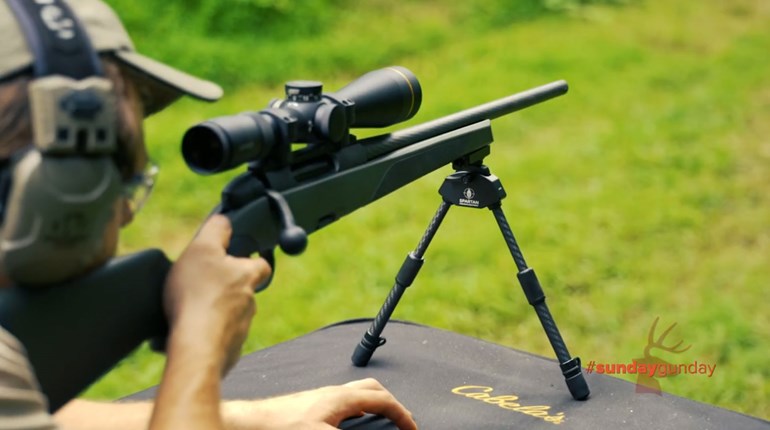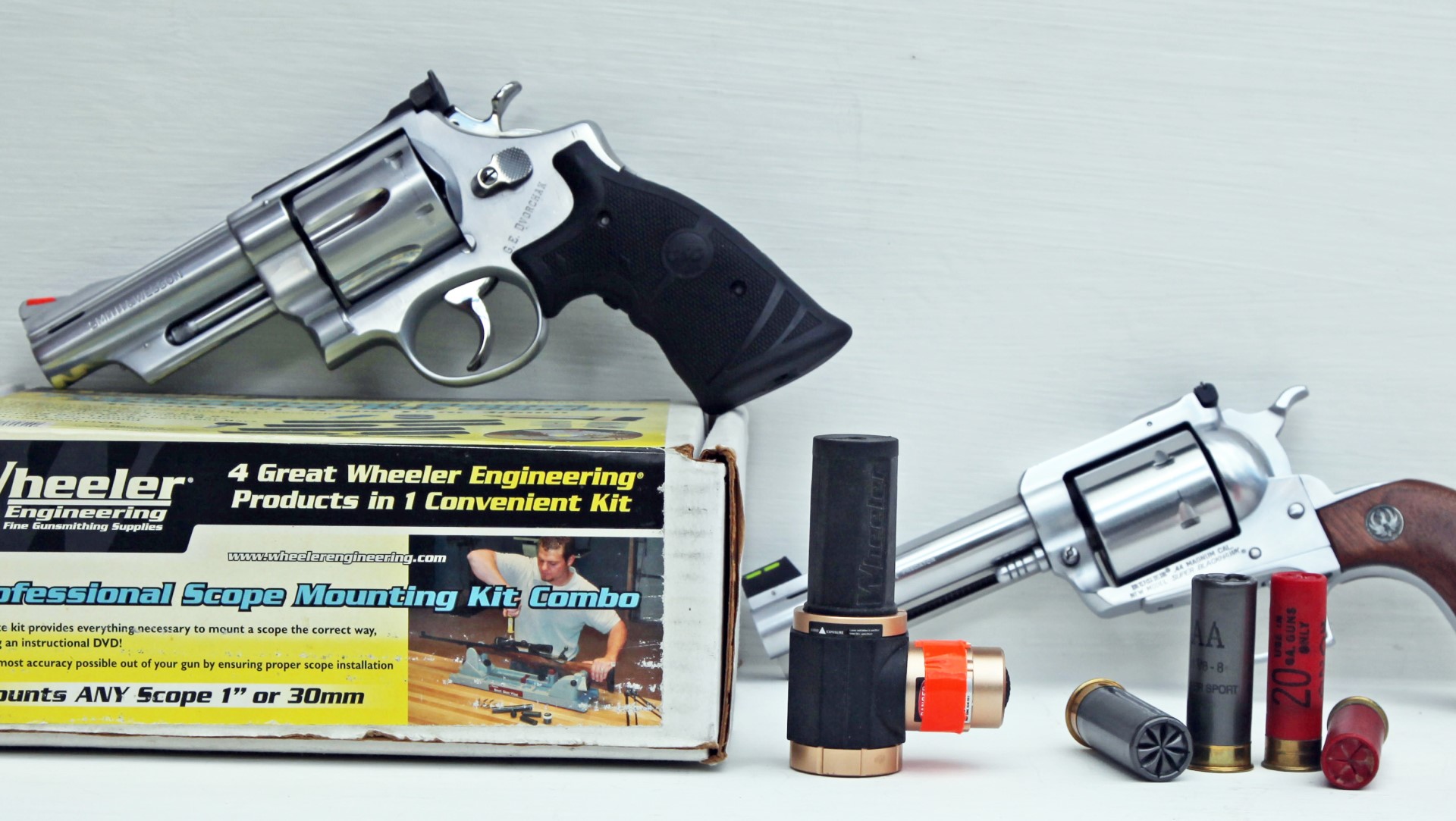
I have been a doctor for a long time, and a gun owner for even longer. Over my past 60+ years with firearms, I've witnessed a number of gun-handling mistakes that had ugly consequences. Here are the most common--and 100% avoidable--situations that have resulted in injury. I've listed my best-practice gun-safety suggestions in bold!
1. Is It Unloaded?
If someone hands you a firearm, is it really unloaded? It is perfectly acceptable in gun culture to ask that person to demonstrate that the firearm is unloaded by opening the action. It is also perfectly acceptable to then check it yourself even though nothing has changed in the last 10 seconds. So go ahead and do that, every single time! Here’s a statement neither you nor I ever wants to hear: “I didn’t know it was loaded.” To show a new shooter what a projectile could do to flesh, I have them shoot a .177 pellet from an airgun through a full soda can. This demonstration instills a lasting impression.
2. With Treestands, Always Use a Harness
Technically, this is hunter safety and not gun safety, but as a doctor I have to tell you: Treestand injuries are the number one risk hunters face. I personally know a few who fell out of their tree stand when hunting, sustaining bad injuries. Except one, who was wearing a harness. From what we know today, safety belts or full-body harnesses which attach at your legs and shoulders are best. If you fall, these keep you upright.
3. The Shotgun and Shells
The most popular gauges are 12, 16 and 20. Many of us have various shotguns of different gauges and may use the same hunting/shooting coat/vest all year. The trouble is that 16-gauge and 20-gauge shells will appear to fit into a 12-gauge. What can happen is that one week the 20 gauge was used, but the next week, the 12-gauge was taken on a hunt. If a 20-gauge shell was left in a coat pocket with 12’s and accidentally loaded into a 12-gauge over/under, that’s when things get dangerous.
The smaller 20-gauge shell would now be out of sight in the chamber. Then on glancing down, the one barrel appears empty so another shell, a 12-gauge is inserted in what looks like an empty chamber. It wasn’t, the smaller 20-gauge shell moved down the barrel around 4 inches. With a 12-gauge now also inserted into that opening, when that barrel is fired, the stuck 20-gauge basically explodes in the barrel and that happens close to one’s face. Only carry shells in the gauge you will be hunting or shooting with.
4. Sighting-In
Years ago, I went to a local range and as I pulled in, a guy was sitting on the bench, rifle in a shooting rest, looking stunned. I walked over and asked if he was ok. He looked up and said, “I did one of the stupidest things I ever did, put a magnetic bore sighter on the muzzle of my barrel, made adjustments to my scope and fired with it still in place. Luckily, I had safety glasses on.”
Thank God it was not a unit that uses a metal arbor inserted into the barrel to hold it in place. After that experience, I put orange tape on all of my bore-sighting devices so they stand out and the orange acts as a reminder to always double check.
5. Are Your Screws Loose?
No, not mentally … but a screw on your firearm could be. Here is when a scope mounting combination kit (like the one I have from Wheeler) helps you assure scopes are properly mounted and screws properly tightened. The torque wrench allows you to tighten whatever to the recommended setting. After taking your firearm out of storage, go over the screws to assure nothing is loose and the scope is not moving in the rings.
6. Keep It Clean … REALLY Clean
After running a solvent, brush and patches through the barrel, the final step should be to look down the barrel (from the breech end!) to verify no patch or pieces are left behind. Obviously, something left in there can hurt the barrel or cause a bore obstruction, which can be very dangerous. After taking your gun out of storage, run a clean patch through to ensure everything has all been removed.
Pass It On!
There are so many little things we do that can have a major effect on our sport and wellbeing. Hopefully this article contained suggestions that you can use and pass on to our younger generation of shooters and hunters. Thanks for passing it on!




